Paprika is a spice made from dried and ground peppers, known for its vibrant red color and versatile flavor profile ranging from sweet to smoky to hot. It is widely used in cuisines worldwide to enhance both taste and appearance of dishes.
Table of Contents
- What Is Paprika?
- Types of Paprika
- How to Use Paprika
- Buying Guide
- Frequently Asked Questions
- Conclusion
What Is Paprika?
Paprika is a spice made from dried and ground peppers, typically from the Capsicum annuum variety. According to the USDA Food Database, it is valued for its color and mild flavor. Originating from Central America, it was introduced to Europe by Spanish explorers and became integral to Hungarian and Spanish cuisines.
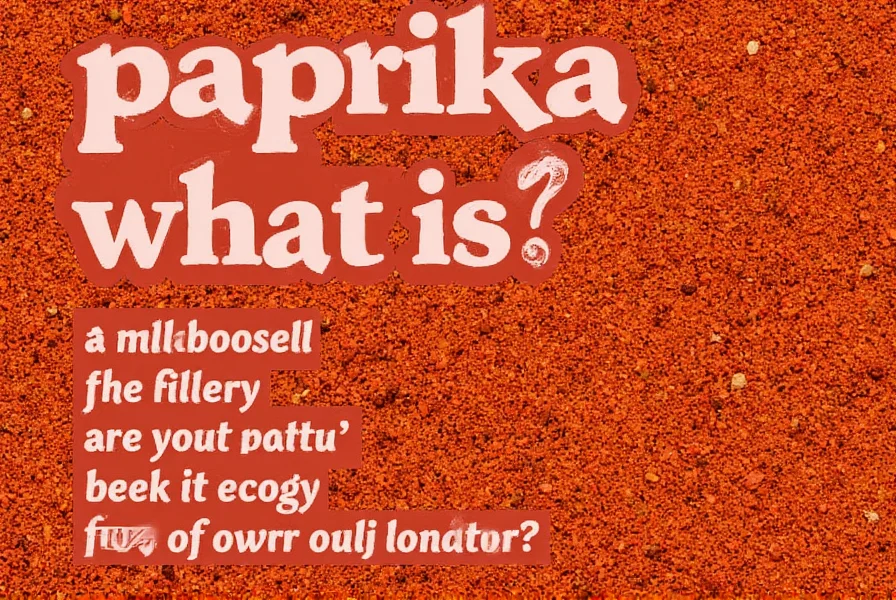
Paprika is not just a pretty red powder—it's a powerhouse of flavor and color that can transform your meals. Whether you're a seasoned chef or a home cook, understanding paprika is a great step toward becoming a more confident and creative cook.
Types of Paprika
Paprika varies significantly based on pepper type and processing. Here are the most common types:
- Sweet Paprika: Mild and slightly sweet, the most commonly used variety. Adds color and subtle sweetness without heat.
- Bell Pepper Paprika: Made from fully ripe bell peppers, the mildest form. Often used in sausages, soups, and stews.
- Smoked Paprika: Peppers are smoked before grinding, creating a deep, smoky flavor. Ideal for grilled meats, roasted vegetables, and chili recipes.
- Hungarian Hot Paprika: Spicier than sweet paprika, with rich earthy notes. A staple in Hungarian dishes like goulash and paprikash.
- Spanish Smoked Paprika (Pimentón de la Vera): Premium variety with strong smoky aroma. Used in Spanish dishes like chorizo and paella.
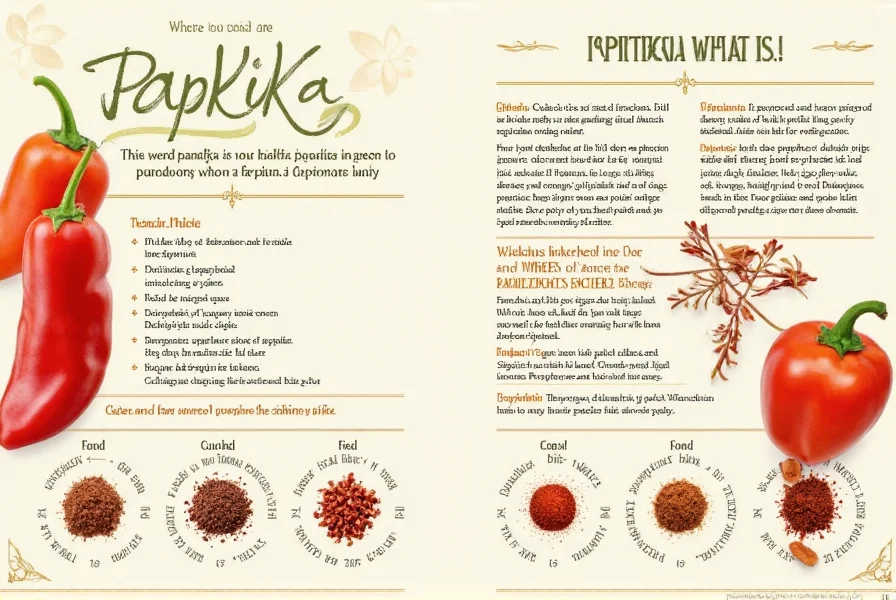
How to Use Paprika
Paprika enhances dishes in various ways:
- Seasoning Meats: Key in barbecue rubs, sausages, and grilled dishes for color and savory notes.
- Enhancing Soups and Stews: Adds depth and richness to tomato-based dishes.
- Stir-Fries and Sauces: Improves flavor in stir-fries, ketchup, mustard, or aioli.
- Roasted Vegetables: Sprinkle over potatoes, carrots, or eggplants before baking.
- Desserts: Use sparingly in chocolate brownies or cinnamon-spiced cookies for unexpected depth.
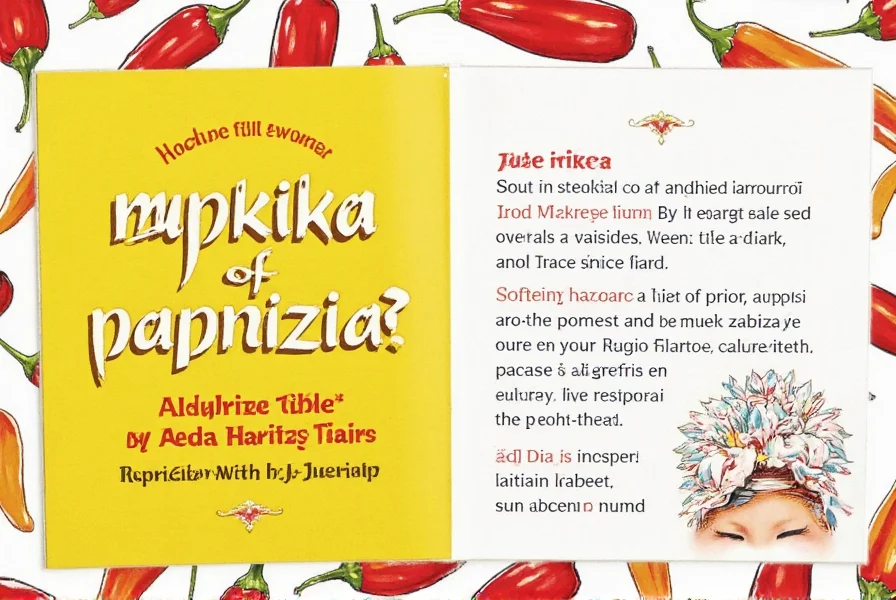
Buying Guide
Features to Look For
- Origin: Hungarian or Spanish paprika is often higher quality. Check labels for country of origin.
- Heat Level: Choose Hungarian hot for spice, sweet or bell pepper for mildness.
- Smokiness: Look for "smoked" or "pimentón" for distinct smoky flavor.
- Grind Size: Fine grind for sauces; coarser for sprinkling.
| Type of Paprika | Best Uses | Target Audience | Suitable Occasions |
|---|---|---|---|
| Sweet Paprika | Seasoning meat, soups, stews | Cooking enthusiasts, home cooks | Dinner parties, family meals |
| Smoked Paprika | Grilled meats, roasting, sauces | BBQ lovers, gourmet chefs | Barbecue events, special occasions |
| Hungarian Hot Paprika | Spicy dishes, traditional recipes | Spice lovers, adventurous cooks | International cuisine nights, spicy food challenges |
| Spanish Smoked Paprika | Paella, chorizo, seafood dishes | Spanish cuisine fans, foodies | Spanish-themed dinners, cultural celebrations |
Frequently Asked Questions
What is paprika?
Paprika is a spice made from dried and ground peppers, known for its vibrant red color and versatile flavor profile ranging from sweet to smoky to hot. It's used globally to enhance both taste and appearance of dishes.
Is paprika the same as cayenne pepper?
No, paprika and cayenne pepper are different. Cayenne is hotter and spicier, while paprika is generally milder. Some hot paprika varieties may approach cayenne's heat level.
Can I substitute paprika for chili powder?
Yes, but chili powder typically contains additional spices like cumin and garlic. Paprika alone may not provide the same depth of flavor.
Does paprika expire?
Paprika loses potency over time but doesn't technically expire. Store in an airtight container in a cool, dark place to maintain flavor and color.
Can I use paprika in baking?
Yes, paprika can be used in certain baked goods like spiced cakes or cookies. Use sparingly to avoid overpowering other flavors.
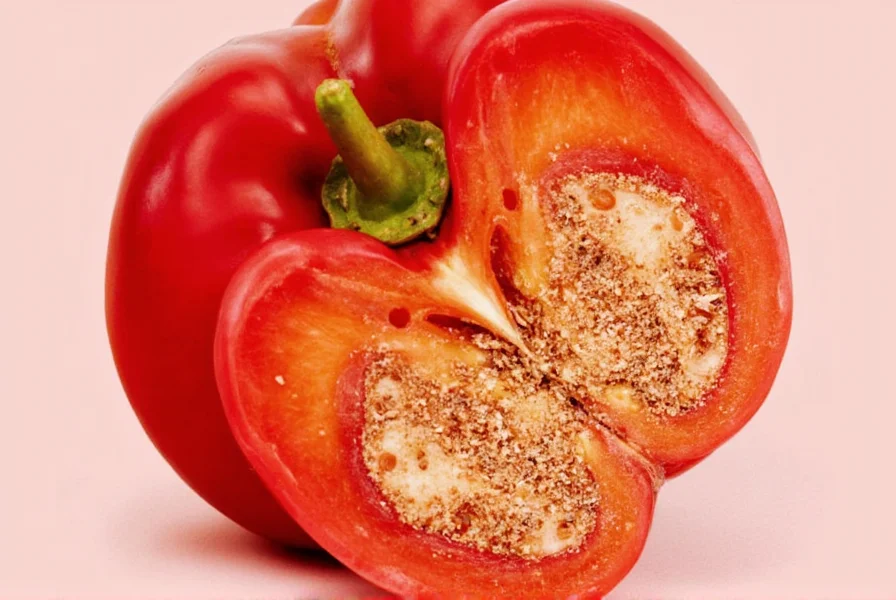
Conclusion
Paprika is more than just a red spice—it's a flavorful, versatile ingredient that enhances both taste and appearance of dishes. From mild sweet varieties to bold smoky options, it's a must-have in any spice collection.
Whether you're grilling, roasting, simmering, or baking, there's a paprika type to complement your recipe perfectly. Explore its rich world and transform your cooking.

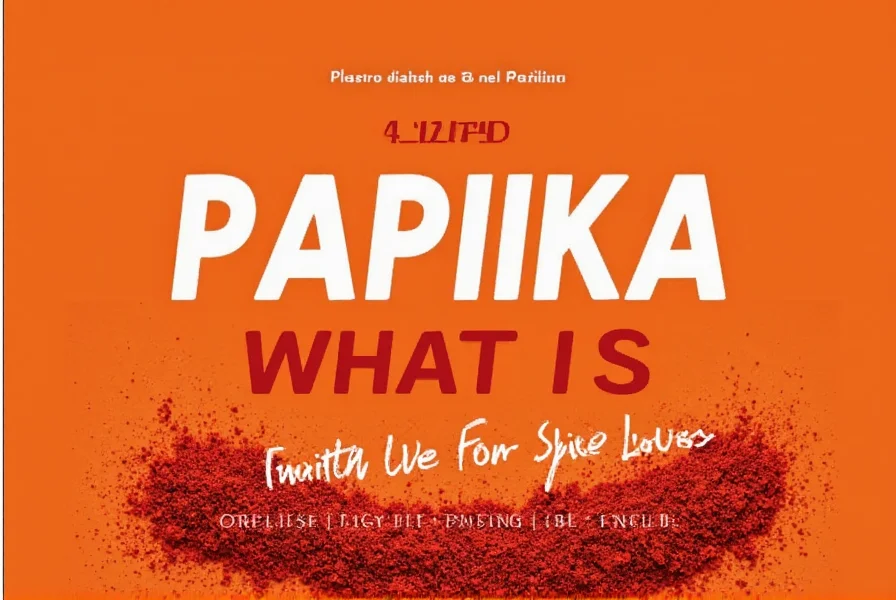









 浙公网安备
33010002000092号
浙公网安备
33010002000092号 浙B2-20120091-4
浙B2-20120091-4